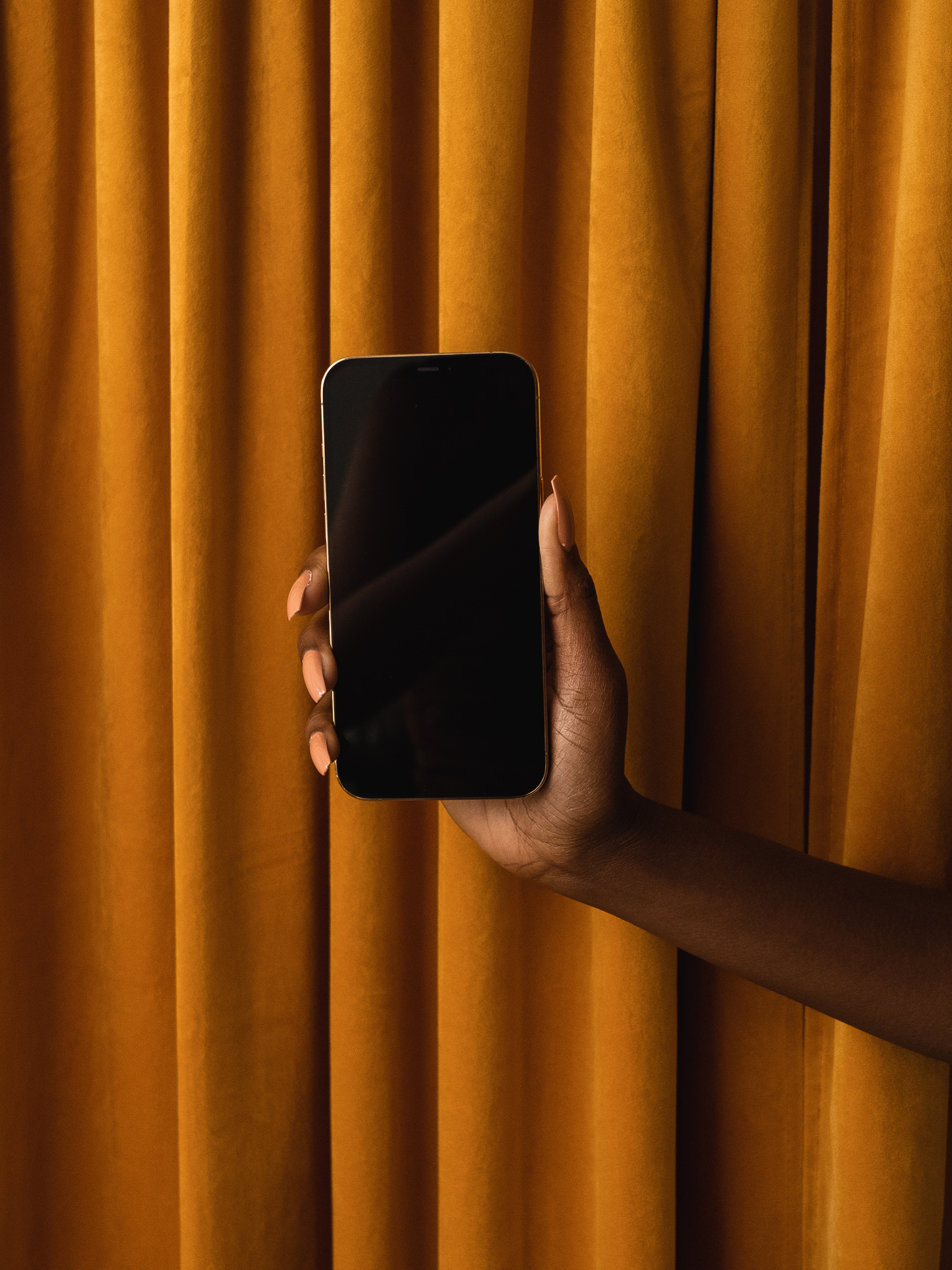In the world of social media marketing, a compelling call to action can make or break your post's success in terms of driving engagement and, of course, conversions. However, crafting a great CTA is easier said than done.
With so much content on the internet these days, from hilarious viral TikToks to sponsored influencer posts, social media marketers are finding that they need to get more creative than ever to present their ask to their followers and actually inspire action.
At Packsia, we constantly look for ways to reword and reposition our asks to potential subscribers. During our research, we came across this fantastic article on Venture Harbor about CTA Psychology. We find this article so helpful and inspiring that we wanted to share our biggest key learnings with you today in the hopes that you, too, can elevate your CTAs and increase your conversion rate.
What is a CTA?
Before diving into some tips and tricks, let's take a step backward and clarify precisely what a CTA is. A call to action is a message asking your audience to do something. This could be as simple as "like this post!" to a bit of a heavier ask, such as "click the link in our bio to learn more."
While asking someone to visit your website might not sound like a huge chore, the reality is that most people on social media aren't willing to perform actions requiring any effort unless it's worth it. In fact, Sprout Social reported in 2023 that the average conversion rate on social media is between 0.3% and 2.6%, depending on the brand's reach and its posts.
So what makes a high-converting CTA? Here are four strategies that we believe are super promising when marketing your product or service on social media.
The Halo Effect
When it comes to creating a great CTA that potential customers will resonate with, it's best not to make them wait. The halo effect is a call to action tactic that is all about presenting exactly what you're offering right away with no delay in getting the message across. No one wants to read through tons of copy to see what it is you're asking. For Packsia, we would use copy like "Thousands Of Vertical Videos At Your Fingertips" with a link to click.
The Verbatim Effect
The verbatim effect is one of our go-to ways of writing a CTA. This means making the ask quick, punchy, and memorable. One way we do this is by using one of our various catchphrases, such as "Join The Vertical Video Revolution" with a link to sign up. People are more likely to remember a catchy sentence asking them to do something rather than a simple one, such as "Become a member now!"
Loss Aversion
Don't tell people what they will gain, tell people what they will save! Loss aversion is a tactic that presents the value of clicking the link through the psychology of saving, whether that's money or time. For example, we say "Save hours on content creation with Packsia!" rather than "Get hundreds of videos to use when content planning," which is much more likely to intrigue and inspire action.
Reciprocity
Life is all about give and take, and a good call to action is no exception. Reciprocity means offering a bit of an incentive to create a higher click rate. For us, and many other brands, this could be something like "Save $100 when you sign up today!", creating a win-win situation for both the brand and the customer.
Understanding the criticality of a well-crafted CTA is the key to inspiring your audience to take immediate and decisive action, whether that's making a purchase or simply visiting your website. We hope that these tips help you create concise yet impactful marketing messages that help your brand reach its maximum potential.



